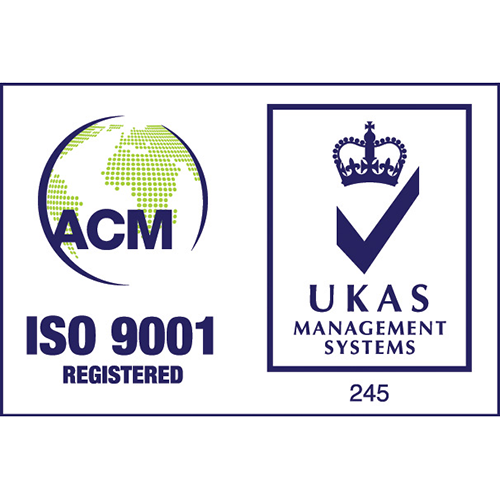Understanding Virtual Data Centre Tiers
Understanding Virtual Data Centre Tiers
When selecting a virtual data centre, one of the most common metrics to consider are the “tiers” on offer. In this article we’ll investigate the different options, the meaning of data centre tiers and what you can expect from each.
In doing so, you should find yourself in a better position to make an informed decision about which virtual data centre will likely be most suitable for your needs.
What is the Data Centre Tier System?
The tier system for data centres was designed by the Uptime Institute. The goal of this classification system is to help customers to understand the likely reliability of any data centre server based on predicted uptime.
While data centres take great pains to avoid any outage, in reality offering 100% guaranteed uptime is near-impossible. Indeed, some authorities even
claim that companies offering such a guarantee should be a red flag to potential customers due to the difficulties in achieving such a metric.
In reality, most data centres act with uptime between 99.671% and 99.995% – with the tiers denoting the expected downtime based on the design of a data centre.
What Does the Tier Classification Cover?
Data centres use a broad range of technology to maintain operational reliability. Some examples of the features used include:
Redundancy – Possibly the most important element of a data centre is the level of “redundancy” offered. In essence this can be thought of as spare capacity or a “plan B” in the case of incidence. Redundancy may relate to any or all of the following elements, helping to mitigate any potential issues which may arise.
UPS – An uninterruptible power supply is designed to prevent catastrophic server failure in the case of a power cut. Generally, in cases where voltage surges, spikes or fails, the UPS will moderate the incoming power. In cases of total failure, the device is capable of providing suitable power to allow the servers to gently shut down safely.
Generators – The UPS can bridge the gap between mains power failing and a generator starting. This process can take several minutes to accomplish. A mechanical generator will then take over, providing longer-term power in the case of brown-out or black-out.
Cooling – Server farms are known to get very hot; and heat can be the great enemy of technology. Cooling systems are inevitably used to help keep the server rooms at an acceptable temperature – typically around 26’C.
No Shutdowns – Routine maintenance, or the repairing of damaged or outdated parts, can be a source of potential angst among those using data centres. Higher-tier centres are designed with enough capacity that such work can be carried out without the need to turn off any equipment.
Infrastructure Topology – Top tier data centres are designed in such a way that the failure of individual equipment does not affect the IT operations.
Breakdown of Data Centre Tiers
Four different tiers are recognised at present, numbered from I to IV. The higher the tier, the greater the redundancy, and so the lower levels of downtime should be expected.
Tier I – Provides an expected uptime figure of 99.671%. Over the course of a year this would mean a potential downtime of 28.817 hours.
Tier II – Provides uptime of 99.741%, which amounts to 22.688 hours of potential downtime each year.
Tier III – This is where things start to get exciting. Tier 3 data centres are expected to offer dual-powered equipment, to guard against power cuts. They should also offer concurrently maintainable technology to further limit downtime. A tier 3 centre provides uptime of 99.982%, allowing for up to
1.576 hours of downtime per year.
Tier IV – The top-level, provides exceptional levels of protection. Here cooling systems should be dual-powered too. Provides uptime of 99.995%, allowing for up to 0.438 hours of downtime per year.
What Should You Choose?
There is not necessarily a “right” answer to which tier of data centre you should choose. Understandably, while the higher tiers offer far more protection for your data, the redundancy built in can also increase the costs of such an exercise significantly.
Here at Luminet we use Tier 3 data centres for our private cloud services, offering availability up to 99.99999%. Find out more here, or contact us today to discuss your requirements with a member of our team.








